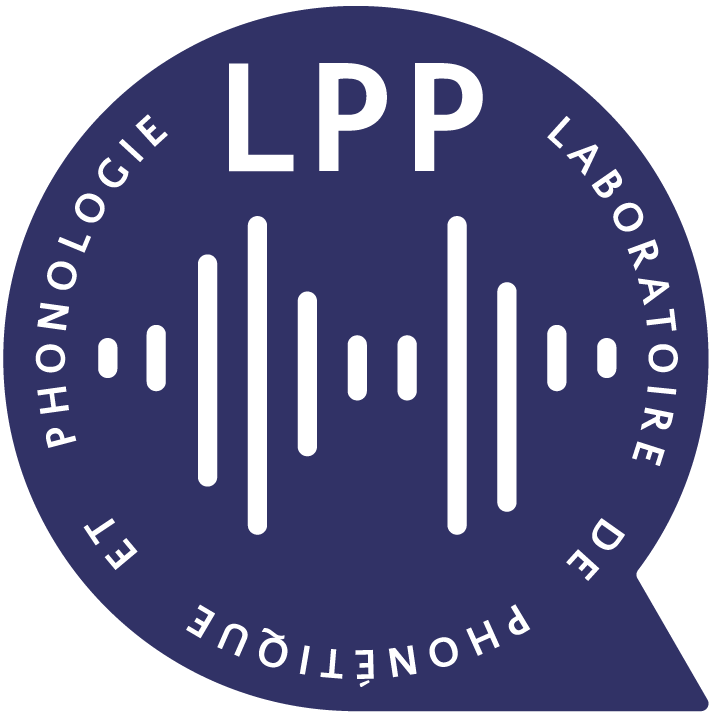(1) Pharyngealization and Labialization in Tashlhiyt: Articulation and acoustics
Philipp M. Buech (LPP)
Secondary articulations occur in the phoneme inventories of approximately a quarter of the world’s languages (Buech et al., 2022). In terms of articulation, secondary articulations are produced by a gesture of a lesser degree in addition to a primary gesture (Trask, 1996). Acoustically, secondary articulations are signaled in the formant structure of adjacent vowels rather than on the consonants themselves (Maddieson & Ladefoged, 1996). Tashlhiyt is an Amazigh language that belongs to rare languages that have two secondary articulations in their phonological system. These are pharyngealization and labialization, a co-occurrence that is present in only 0.3% of the world’s languages. In general, pharyngealization is well-investigated especially on data from Arabic varieties, while labialization belongs to the under-investigated phenomena. In Tashlhiyt, pharyngealization is a feature of coronals (e.g., [izi] ‘fly’ vs [izˤi] ‘bile’), while labialization is present in the set of dorsals (e.g., [ngi] ‘flow!’ vs [ngʷi] ‘delouse!’). Another peculiarity of Tashlhiyt is its strong use of consonant sequences. Since information on secondary articulations is mainly on adjacent vowels, the question arises as to how pharyngealization and labialization are realized if the positions adjacent to the consonantal targets are partly or entirely occupied by other consonants.
This talk addresses this question and presents articulatory and acoustic data of pharyngealization and labialization and their realization in different contexts: V_V, VC_V, V_CV, and VC_CV.
(2) Perception and production of rhotics /ɾ/ and /ʁ/ by French-Greek bilinguals and monolinguals
Clémence Guieu-Grandsire (LPP)
Does bilingual phonological development resemble that of monolinguals? To address this question, we explored bilingual and monolingual phonological acquisition with a specific focus on the production and perception of French and Greek rhotics. Our longitudinal study involved 27 children aged between 2;8 and 6;0 years old, divided into four groups: eight French monolinguals, twelve simultaneous French-Greek bilinguals: six living in France and five in Greece, and seven Greek monolinguals. Our investigation involved two different tasks using the same words with rhotics as syllable onsets: a picture naming task and a mispronunciation detection task.
Results indicate that bilinguals and monolinguals exhibit similar behaviours when facing structural complexity inherent to the rhotic type, particularly in production. However, for bilinguals, accurate realization and identification of rhotics appear to be strongly influenced by language dominance. Error patterns of bilinguals also indicate a potential unidirectional transfer attesting of interferences between the two phonological systems.
In the context of bilingual phonological acquisition, the influence of structural complexity inherent to the learned language(s), as observed in monolingual acquisition, seems to be counterbalanced by external factors such as the quantity of language exposure.


